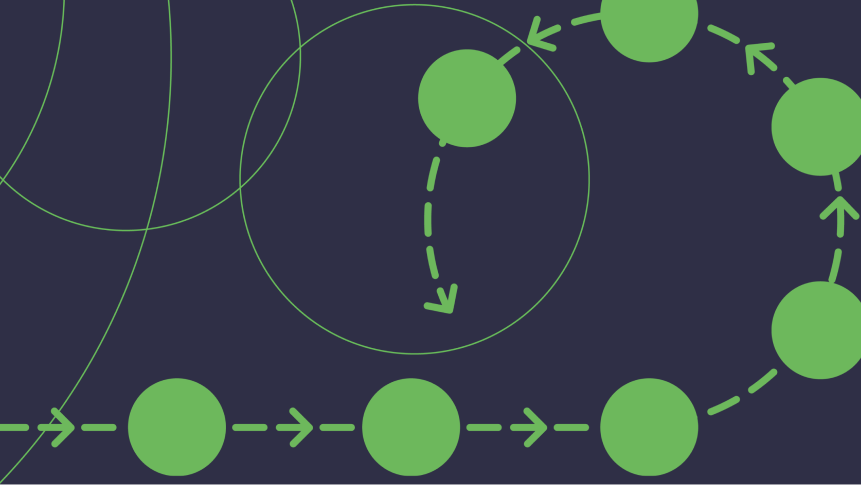With public procurement accounting for around 15-20% of global GDP, and with sub-national governments being responsible for almost 50% of procurement decisions, cities have a considerable purchasing power. By focusing on the desired outcomes and benefits, rather than the products or services needed, city governments can leverage their purchasing power to build thriving, liveable, and resilient cities.
Over the past two years, the Ellen MacArthur Foundation has been engaging with leading cities from Europe, North America, and South America on the topic of shifting public procurement from linear to circular. Drawing inspiration from the experience and expertise of the cities we work with, we distilled five main lessons.
1. Gather circular economy champions across different departments
Making public procurement circular can’t be led by a single person. A group of champions from different departments is needed to achieve long-term change and embed circular economycircular economyA systems solution framework that tackles global challenges like climate change, biodiversity loss, waste, and pollution. It is based on three principles, driven by design: eliminate waste and pollution, circulate products and materials (at their highest value), and regenerate nature. criteria, knowledge, and practices. Bringing experts from across departments and public procurement officers together will help tackle the technical aspects and develop the appropriate processes, standards and requirements. It could be a newly formed working group or an existing group of municipal staff.
At an organisation level, the key departments to engage are: finance, procurement, legal, and business and economic growth.
For each tender, it’s helpful to include: a procurement officer, the contract manager, a representative from the legal department, and a technical expert.
2. Embed circular economy principles into high-level policy goals
A city-level vision for the circular economy, based on an analysis of current challenges and opportunities, helps orient policy levers such as public procurement. It helps to create a shared understanding among city officials and stakeholders of what the city’s circular public procurement strategy should aim to achieve. A city-wide roadmap, plan, strategy, or declaration can also help to set the level of ambition and can be developed in ways that build local buy-in. Cities that have the circular economy principles embedded into high-level policy goals find it easier to drive a circular public procurement agenda.

3. Go beyond general awareness raising and training
Training, re-skilling, and knowledge sharingsharingThe use of a product by multiple users. It is a practice that retains the highest value of a product by extending its use period. are all crucial elements of the transition to the circular economy. However, knowledge and capacity building without integrating circular economy principles into existing procurement frameworks and systems does not lead to consistent and long-term outcomes, and it can cause burnout and frustration among the individuals tasked with leading the transformation. General awareness raising and training on the circular economy can be helpful, but integrating circular principles to city government procurement frameworks and systems will be transformative.
This approach means that not everyone needs to be an expert to be able to embed circular economy principles into procurement. The burden is lifted from the individual when the principles of the circular economy are integrated into the frameworks and systems. In this way, circular economy can be embedded within all procurement activities rather than relying on the contribution of the circular economy expert or champion to the selected projects.
4. Talk to suppliers
Market dialogues can help cities better understand the current supplier database, attract new businesses to the supplier database, and understand barriers and challenges for circular economy services and solutions. As circular public procurement is a relatively new practice, the initial market engagements may take longer than other existing processes. Still, they are crucial for making circular procurement pilots a success. Lessons from these dialogues can also go on to inform city business support and capacity building programmes.
5. Just get started – and don’t forget to measure impact and share stories
Ultimately, the most important thing is to just get started and to identify opportunities for pilots. Can you identify low-risk but high-impact spending categories for pilots? Which contracts are currently up for renewal? Can the new contracts incorporate a circular economy dimension? When you do plan a pilot it’s very important to remember to measure its impact. We often hear that lack of data is a barrier to circular economy implementation, but the only way to fill in data gaps is to start collecting data. Measuring and documenting the impact of circular economy procurement pilots across economic, environmental, and social indicators is the first small step to evidence-driven circular policies. Once you measure and summarise your impact, don’t forget to share your stories. Other cities are waiting to learn from you.






